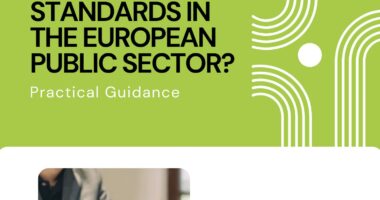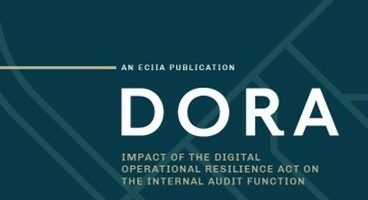Online: An introduction to artificial intelligence for internal auditors, Level 1
Created specifically for internal auditors, this is a foundation course for those who are seeking to understand the fundamental concepts of the new wave of generative AI.










